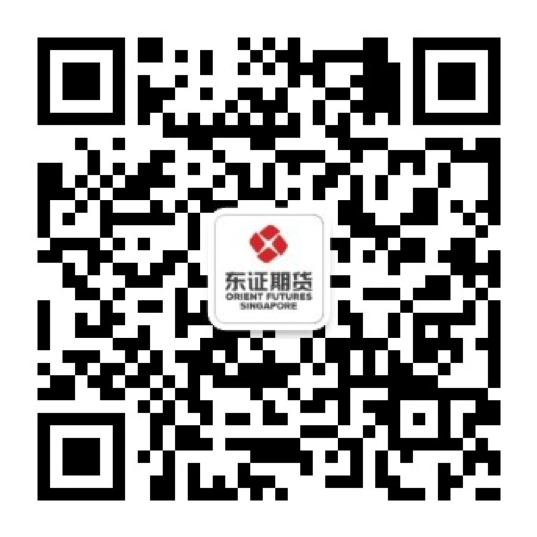A palpable sense of relief has rippled through global financial markets following the recent announcement of a trade deal between the United States and China. Described as a “delicate truce” by some, this agreement, affirmed by Beijing and U.S. President Donald Trump, aims to de-escalate a prolonged period of tariff-fueled tension between the world’s two largest economies. While specifics remain to be fully detailed, the consensus signals a significant shift, potentially ushering in a new phase of market stability.
The Nature of the Truce: A Step Towards Consensus
The breakthrough came after a crucial telephone conversation between President Trump and China’s President Xi Jinping, swiftly followed by further talks in London. According to Reuters, China has affirmed its commitment to the consensus, emphasising that “China has always kept its word and delivered results… Now that a consensus has been reached, both sides should abide by it.”
President Trump, expressing satisfaction, indicated key components of the deal, including China’s commitment to supply “Full magnets, and any necessary rare earths, up front.” He also outlined specific tariff adjustments: U.S. goods entering China would face 10% tariffs, while Chinese exports to the U.S. would be subject to an effective 55% rate, a sum that includes a baseline “reciprocal” tariff, a tariff related to fentanyl concerns, and pre-existing levies from his first term. While these details provide a framework, the precise implementation remains to be seen, lending a “delicate” quality to this newfound calm.
Market Reactions and the Restoration of Confidence
The immediate market response to the truce has been cautiously optimistic. Asian stock markets generally saw positive movements, and the S&P 500, having recovered from earlier tariff-induced drops, initially showed positive reactions, though some recent sessions have seen mixed results as markets digest the details and underlying economic data. This de-escalation contrasts sharply with previous periods of intense volatility, where tariff threats could cause significant market plunges and uncertainty.
The resolution of trade tensions, even if partial, removes a major overhang for global investors and businesses. The prospect of reduced tariffs, or at least a halt to their escalation, alleviates fears of further supply chain disruptions, rising input costs, and dampened consumer demand.
Broader Economic Implications
The implications of this truce could be far-reaching across the global economy:
Supply Chains – Businesses, which had begun implementing “China+1” diversification strategies to mitigate tariff risks, may find some stability. While long-term shifts could continue, the immediate pressure to re-shore or completely re-route supply chains is expected to ease, potentially leading to more predictable manufacturing and logistics environments.
Commodity Prices – The agreement on critical materials like rare earths and magnets, which are vital for various high-tech and industrial sectors, could lead to stabilised supply and potentially less volatile pricing for these essential commodities. Reduced trade barriers, in general, can influence global demand and pricing for various raw materials.
Inflationary Pressures – For consumers, particularly in the U.S., a de-escalation of tariffs could translate into less upward pressure on imported goods prices, potentially easing overall inflation concerns.
Business Investment – The reduction in trade uncertainty may encourage businesses to release capital previously held back due to geopolitical risks. This could spur increased cross-border investment and expansion plans.
Global Growth Outlook – International financial bodies had cited trade tensions as a significant drag on global economic growth. This truce, even if fragile, could lead to a more optimistic economic forecasts, fostering a more conducive environment for international trade and cooperation.
A Delicate Balance Remains
Despite the optimism, it’s crucial to acknowledge that this is a “delicate truce.” The specifics of the deal’s implementation, the ongoing underlying structural issues in US-China trade relations, and the potential for future geopolitical shifts mean that the path forward may still present challenges. However, for now, the markets can breathe a collective sigh of relief as the immediate uncertainty surrounding trade tariffs appears to have, at least temporarily, subsided.
东证期货国际(新加坡)简介
东证期货国际(新加坡)私人有限公司是上海东证期货有限公司的直属全资子公司,也是东方证券股份有限公司的间接控股子公司。
作为持有新加坡金融管理局(MAS)颁发的《资本市场服务许可证》的机构,我司提供全方位资本市场服务,涵盖证券、场内衍生品、场外衍生品及杠杆外汇等多类产品。
东证期货新加坡是亚太交易所、新加坡衍生品交易所以及洲际新加坡交易所的交易和清算会员,为客户提供覆盖国际市场的综合交易服务。



